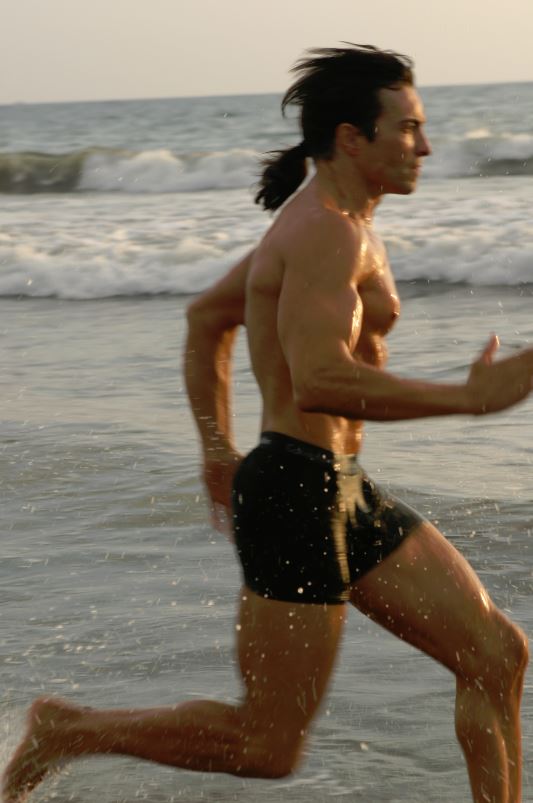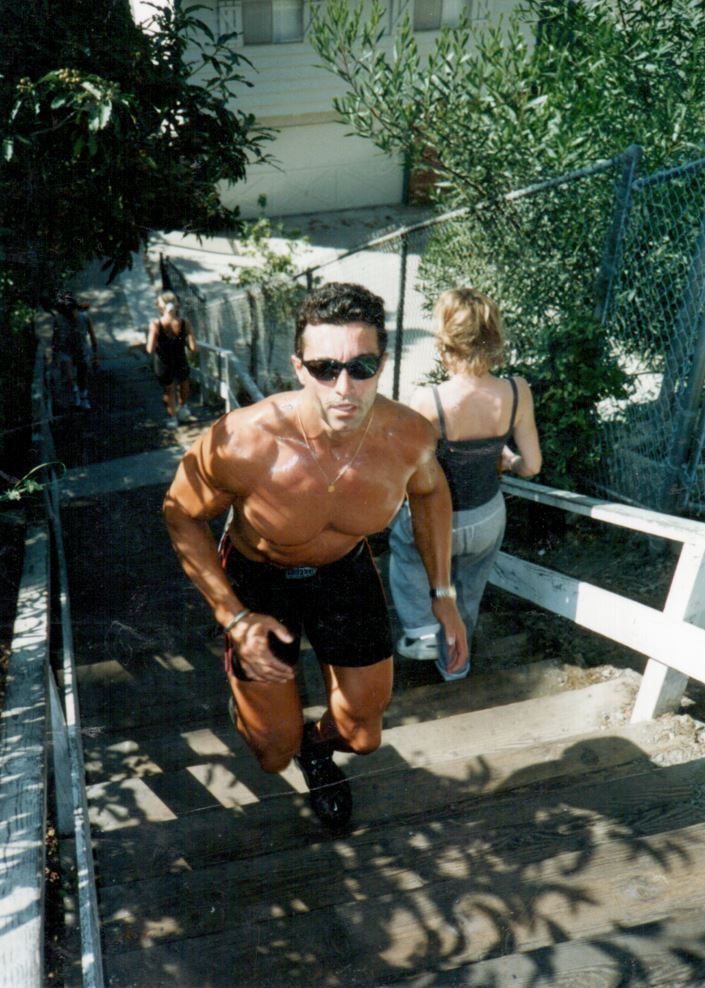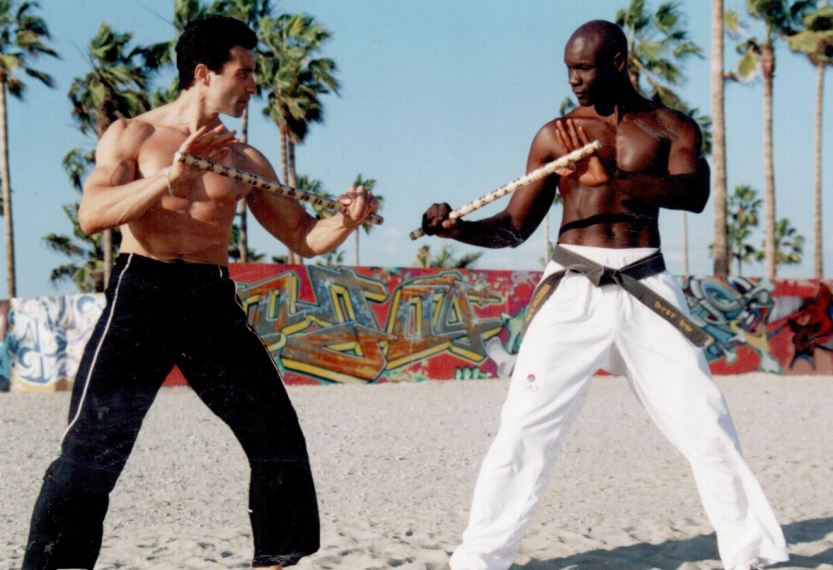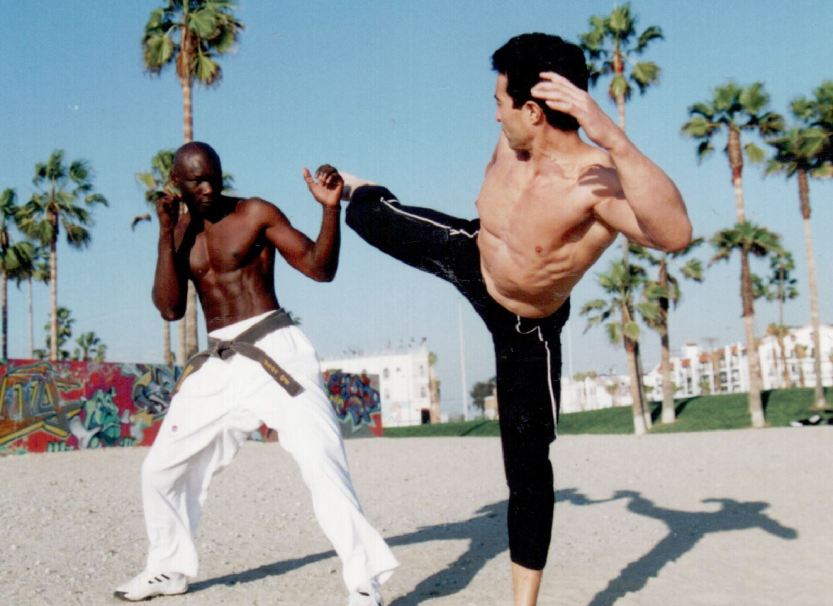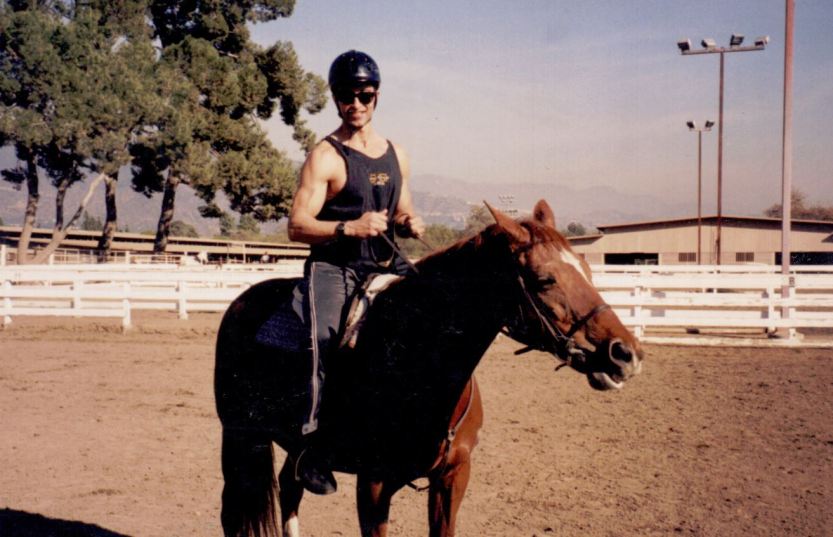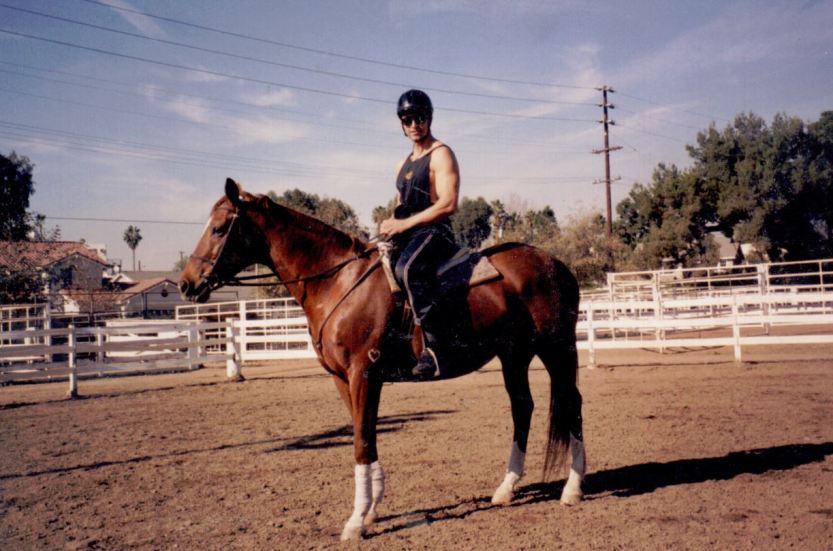
Cardiovascular fitness is the ability of the circulatory and respiratory system to supply oxygen-rich blood to skeletal muscles during sustained physical activity.
Our cardiorespiratory program systematically progress the client through the various stages to achieve the the optimal level of physiological and physical performance adaptation of the cardiorespiratory system designed to meet specific needs and goals.
Benefit of cardiorespiratory exercise include: stronger and more efficient heart, improved ability to pump blood, reduce risk of heart disease, lower resting heart rate, improvement of lung ventilations, reduced cholesterol levels, reduces arterial blood pressure, improved ability of muscles to use oxygen, improvement of mental alertness, reduce tendency fro depression and anxiety, improved ability to relax / sleep, improved tolerance to stress, increase lean body mass, increased metabolic rate, reduce risk of obesity or diabetes mellitus.
Therefore cardiorespiratory fitness is one of the most important component of heath related physical fitness.
However no two individual will respond and adapt to exercise exactly the same way, the physiological responses to exercise are highly variable.
The intensity and the frequency and the time involved are highly important in the overall results.
Cardiovascular endurance is an important aspect of fitness because it is essentially how strong your heart is, which can add years to your life. Cardiovascular endurance is also important because your heart controls the oxygen flow to all the muscles in the body, meaning cardiovascular health has an impact on your performance, both in endurance and muscle wise.
Cardiovascular fitness is important because it raises your heart rate thus strengthening your heart and blood vessels. It also helps to decrease body fat, improve the immune system and decrease stress and anxiety.
The first Benefit of cardio is one is an improved condition of your heart. Your heart is a muscle just like any other and in order for it to become strong it must be worked. If you fail to work it, it will weaken over time and this can cause a variety of negative health effects.
By getting the heart pumping at a faster rate on a regular basis you will keep it in shape and healthy. Too many people are getting winded just performing simple exercises such as walking up the stairs and the primary reason for this is because they are neglecting to work their heart muscle.
Heart Rate x Specific Training (Max Heart Rate = 220 – Age)
This equation was created in 1971, since then, there has been many individuals trying to complicate the formula, trying to come up with something better. The results have not been satisfactory .
The information you see on the different cardio machines that tell you how many calories you burned during a specific session do have same value but even better is to have your own monitor in place. Therefore following a specified programs that are directed exclusively by your heart rate.
The body has two primary sources of fuel to use during exercise – fat and glycogen. Glycogen is a form of stored sugar in the muscles and liver. During aerobic activity both glycogen and fat are used simultaneously to provide energy. At a low intensity level, a greater percentage of fuel comes from fat, but some of the energy is also supplied by glycogen. As the intensity of the exercise increases, the body gradually begins to burn more glycogen and less fat. At extreme levels of intensity (such as sprinting), glycogen is basically the only fuel your body utilizes.
To better explain: High intensity training utilizes more muscle glycogen than body fat as a percentage. When you analyze the sheer number of fat and calories burned comparing high and low intensity cardio, high intensity cardio is much, much more effective at burning both fat and calories per unit of time than moderate intensity cardio. Here is an example to quantify my point: Two 40 year old men that weigh 185 pounds each are going to workout for 30 minutes. One walks and the other runs. The walker elevates his heart for the entire workout to about 120 – 125 beats per minute and burns 200 calories. Of these percentages, 70 percent came from fat, for a total of 140 calories used. The runner, utilizing an interval style training program, pushed himself hard for 4 minutes then recovered for 4 minutes, repeating the cycle for 30 minutes. During this workout, the runner achieves a peak heart rate of 160 beats per minute and burns a total of 370 calories, with 60 percent of them derived from fat (222 calories used). The higher intensity exercise increased the amount of fat burned by more than 50%. Moreover, when employing high intensity cardio your metabolic rate will be elevated for hours after your workout is completed.
Best time to do cardio exercise:
- In the morning on an empty stomach: After subjecting your body to a 10 to 12 hour fasting period (between dinner and the time you wake up in the morning) is unquestionably the best time to perform your cardio workout. During your fasting period, your body has utilized all its stored glycogen in your muscles and liver to fuel your body’s natural functions. Therefore, when you begin to exercise after the fast, your body immediately begins to break down stored body fat as energy. If you do your cardiovascular training after your day has begun, you end up spending 20 to 25 minutes burning through your stored glycogen before beginning to burn body fat. It is important to drink at least 24 ounces of water during your workout to maintain hydration.
- Second choice is immediately after your weight training workout: Following an intense weight training session, your body will have utilized most of the stored energy in your muscles and liver to fuel your body during your workout. Therefore, it is a great time to attack your fat stores with a cardiovascular workout.
- Depending on your life style and schedule afford you the opportunity, jumping right out of bed and immediately getting your workout in is the best for fat burning, and metabolic enhancement. It is just as important to recognize that when your body is in an extremely glycogen diminished state (first thing in the morning) that it is no time to consistently execute high intensity cardio workouts. This is a time to take your heart rate to between 65% and 70% of your maximum and keep it there for 35 – 40 minutes. Attempting to push the limits of your aerobic training capacity with no carbohydrates in your system will lead to over-training or muscle wasting.
- High intensity interval training should be done no more than 3 times a week. Additionally, high intensity cardio can be done on a day off from weights, or immediately following a resistance training session (not legs).
The second reason to perform cardio is for its effects on the metabolism. Along with speeding up your heart rate, cardiovascular exercise also increases the rate of various other processes in the body, also known as your metabolism.
Generally speaking, the more intense the cardio session, the more noticeable increase you will see with regards to your metabolic rate. Intense interval sprints (also known as HIIT) increase the metabolism; the highest with a process called EPOC (Excess Post-exercise Oxygen Consumption). An increased metabolism means an easier time maintaining your weight (or losing weight as the case may be).
Performing cardiovascular exercise also changes the hormonal profile in your body considerably. It releases ‘feel good’ hormones that will help ease symptoms of depression and fatigue as well as releasing hormones that decrease the appetite.
Individuals who partake in regular cardio exercise often have a much more positive outlook on life simply because they are getting the stress-relief benefits from these hormones.
Certain types of cardio exercise, usually lower, more moderately paced forms, can decrease your recovery time too. If you have just performed a hard session in the gym, hopping on the treadmill for a walk or light jog will help to remove some of the by-products that were created during the lifting session.
This will help to reduce your DOMS (delayed onset of muscle soreness) and help bring more oxygen rich blood to the muscle tissue improving in the repair and rebuilding process. To you, this translates to your being able to get back into the gym quicker and work the muscles again.
Personal Training and cardiovascular
• Your cardiovascular program is personalized, – based on your personal fitness level and your unique response to exersice.
• You will achieve maximum efficiency in – cardiovascular training and fat burning – a must for better, faster and easier results.
• Your body fat-loss goals will be easier to achieve – as you will be training in your optimal fat and – sustainable calorie burn zone.
• You will identify your optimal exercise intensity – level and avoid diminished results from under – or overtraining
Cardiovascular exercise is highly recommended in order to:
- Increased maximal oxygen consumption (VO2max)
- Improvement in cardivascular/cardiorespiratory function (heart and lungs)Increased blood supply to muscles and ability to use oxygen
- Increased maximal cardiac output (amount of blood pumped every minute)
- Increased maximal stroke volume (amount of blood pumped with each beat)
- Increased blood volume and ability to carry oxygen
- Reduced workload on the heart (myocardial oxygen consumption) for any given submaximal exercise intensity
- Lower heart rate and blood pressure at any level of submaximal exercise
- Increased threshold for lactic acid accumulation
- Lower resting systolic and diastolic blood pressure in people with high blood pressure
- Increased HDL Cholesterol (the good cholesterol)
- Decreased blood triglycerides
- Reduced body fat and improved weight control
- Improved glucose tolerance and reduced insulin resistance
Reduced risk of heart disease
- Improved blood cholesterol and triglyceride levels
- Improved heart function
- Reduced risk of osteoporosis
- Improved muscle mass



